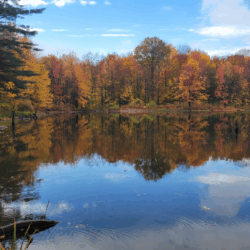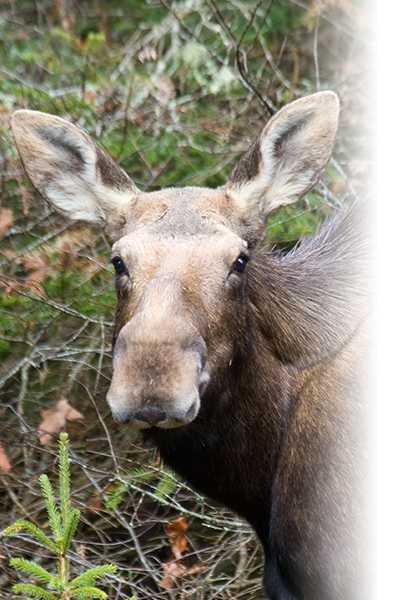103,300+ Acres of Impact
- 9,000,000 metric tonnes and counting of carbon pulled from the air and stored away, helping to fight climate change
- Habitat for more than 100 at-risk plant and animal species
- More than 16,000 acres of wetlands and 327 miles of rivers and streams
103,300+ Acres of Impact
- 9,000,000 metric tonnes and counting of carbon pulled from the air and stored away, helping to fight climate change
- Habitat for more than 100 at-risk plant and animal species
- More than 16,000 acres of wetlands and 327 miles of rivers and streams
Rewilding the Northeast
At Northeast Wilderness Trust, we do conservation differently. Our forever-wild approach ensures every acre we protect will be a future old growth forest–bolstering biodiversity and storing carbon naturally. Join us on our mission to conserve forever-wild landscapes for nature and people.
Save This Land
Help make new wilderness a reality in your backyard! We are fundraising to protect and rewild these special places right now. Your support will secure and safeguard forever-homes for wildlife and Nature.
Wild Nature Needs You
With your support, forests and all their inhabitants—from mosses to moose—will heal, rewild, and flourish in peace, right here in the Northeast.
Stories & News
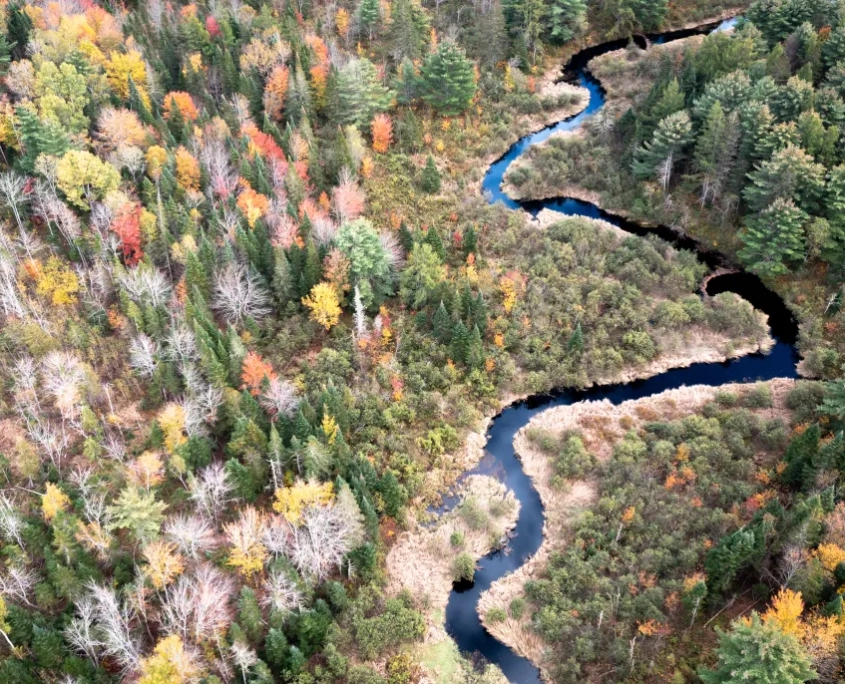
Northeast Wilderness Trust Names New Vice President of Conservation Programs
Northeast Wilderness Trust has promoted Caitlin Mather to the role of Vice President of Conservation Programs, effective January 2, 2026....
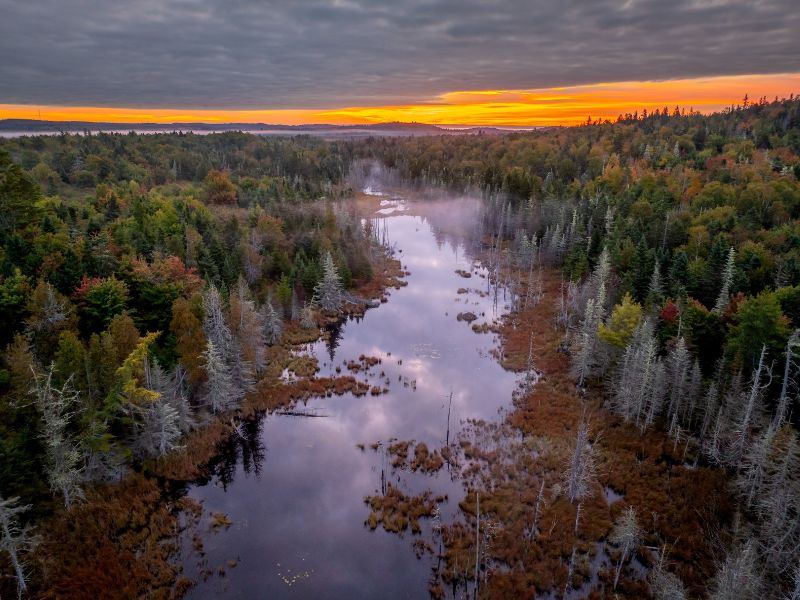
Opinion: Conservation and Collaboration on Maine’s Bold Coast
The creation of the Bold Coast Wilderness Preserve offers a glimpse of a future in which wildlands, managed forests, farms and human communities coexist and adapt together in a changing world....
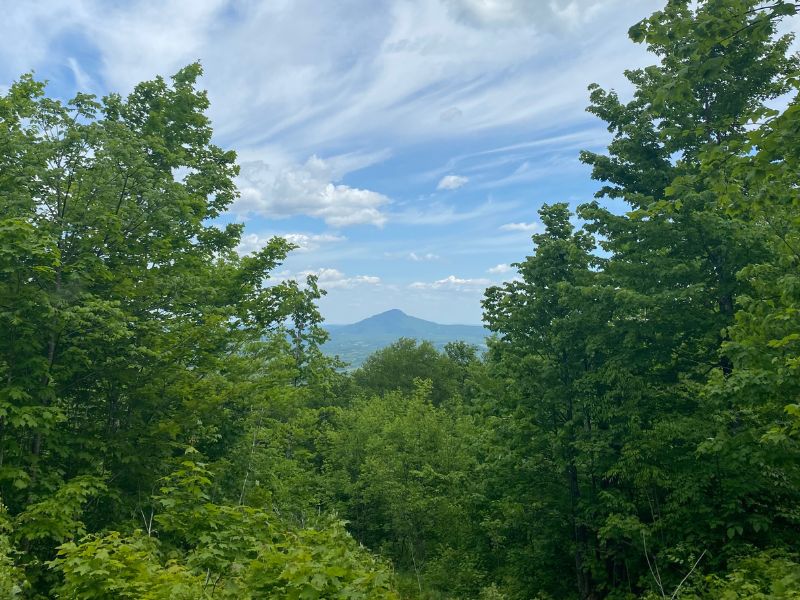
Long Trail Corridor Expanded by New Wilderness Preserve
The new Journey’s End Wilderness Preserve bolsters the state’s conservation landscape and strengthens northern Vermont’s wildlife corridors....
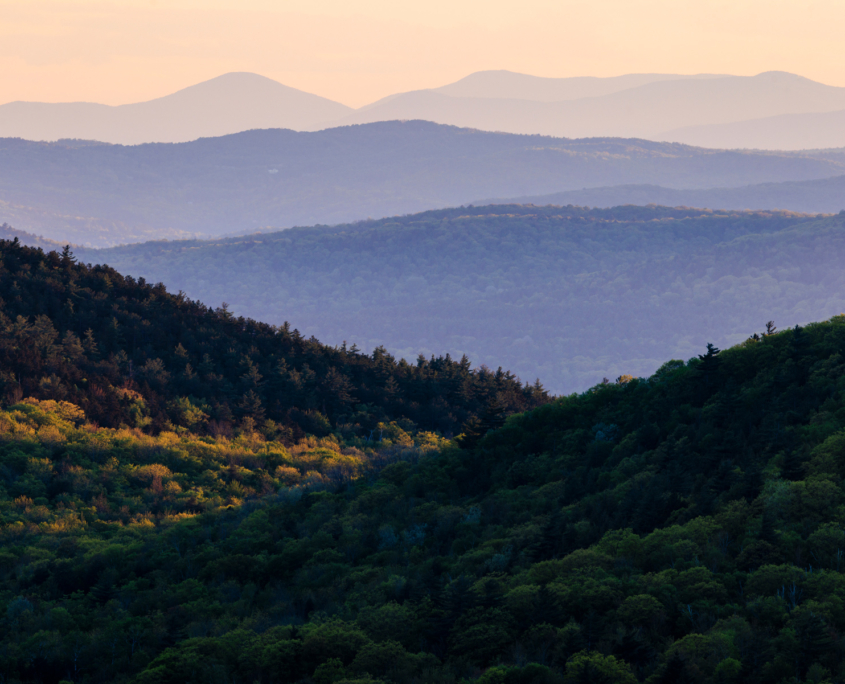
Spruce Ridge Wilderness Preserve in ‘The Boston Globe’
A new wilderness preserve has been created, spanning 2,000 acres along a stretch of the Appalachian Trail in New Hampshire. ...
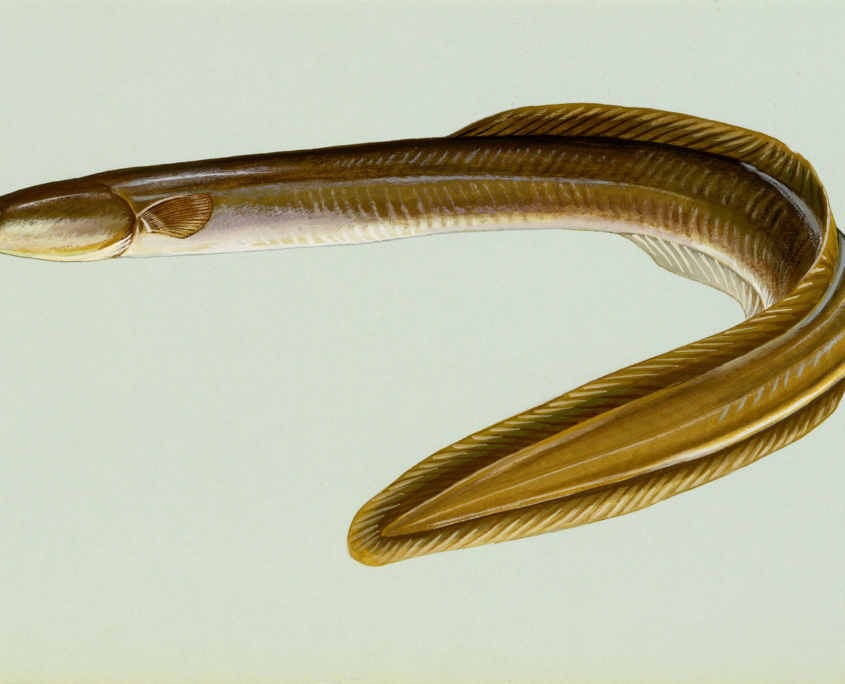
The American Eel: Rewilding Watersheds
NEWT's Wildlands Ecologist Jason Mazurowski writes about the mystery of the American eel and its vital role in aquatic ecosystems....
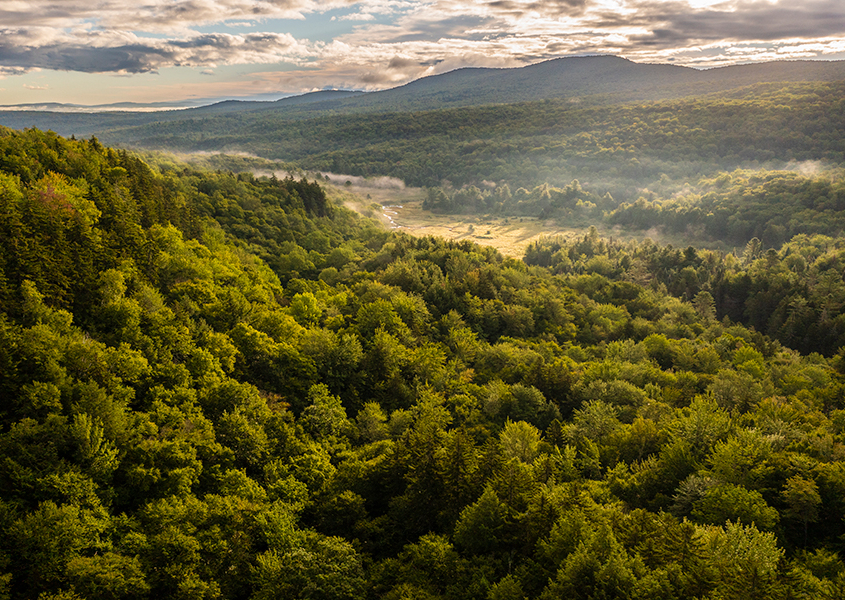
Public Notice of Land Trust Accreditation Renewal and Invitation for Public Comments
Northeast Wilderness Trust is applying for reaccreditation by the Land Trust Accreditation Commission, which sets quality standards for land trusts around the country....
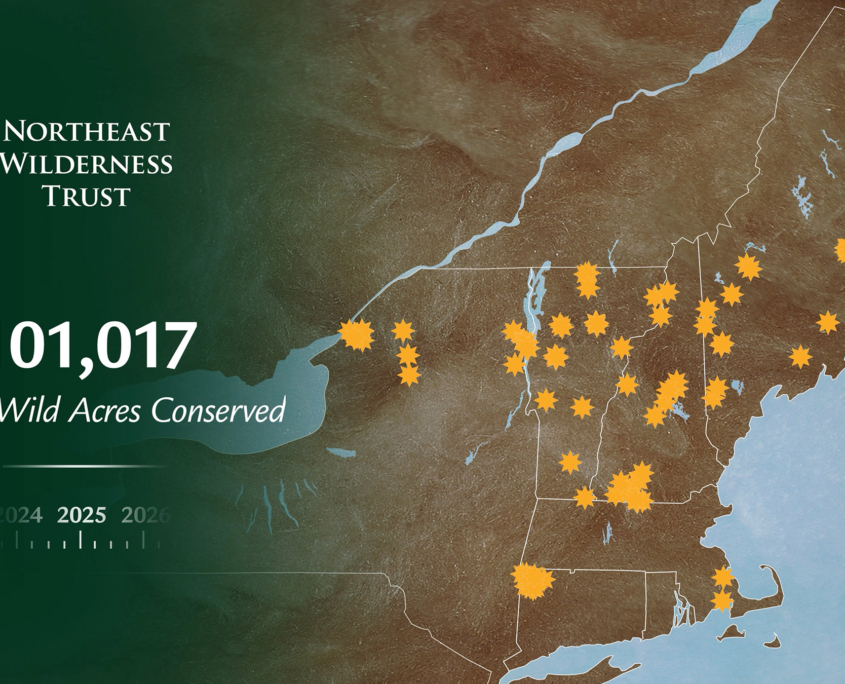
Northeast Wilderness Trust Surpasses 100,000 Forever-Wild Acres Conserved
Northeast Wilderness Trust, the only regional land trust dedicated exclusively to wilderness conservation in New England and northern New York, has permanently protected more than 100,000 acres of land from development and extraction....
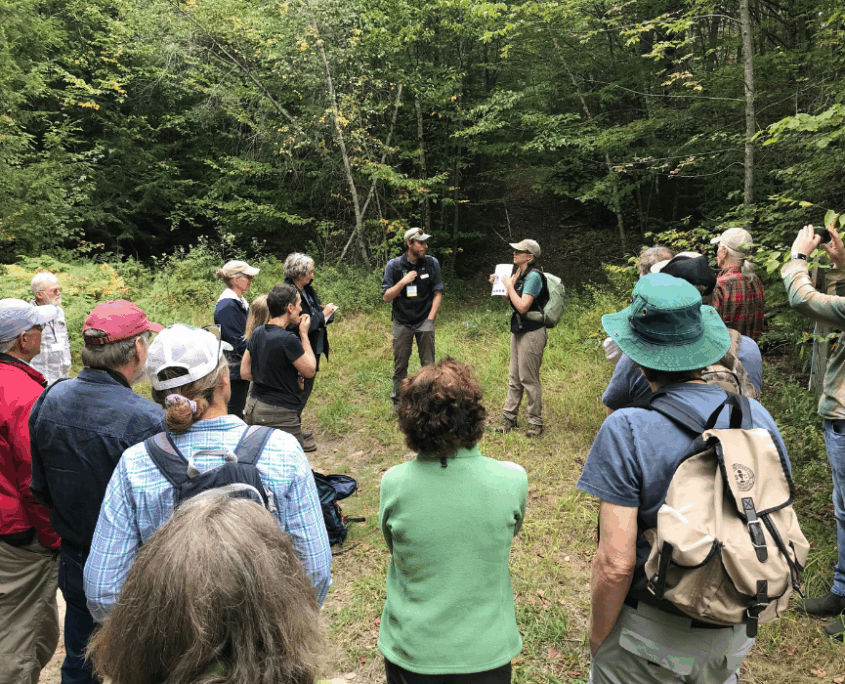
Wildlands: The Old-Growth Forests of Tomorrow
Staff from Northeast Wilderness Trust gave a variety of presentations and workshops at the 2025 Northeastern Old Growth Conference in Vermont....
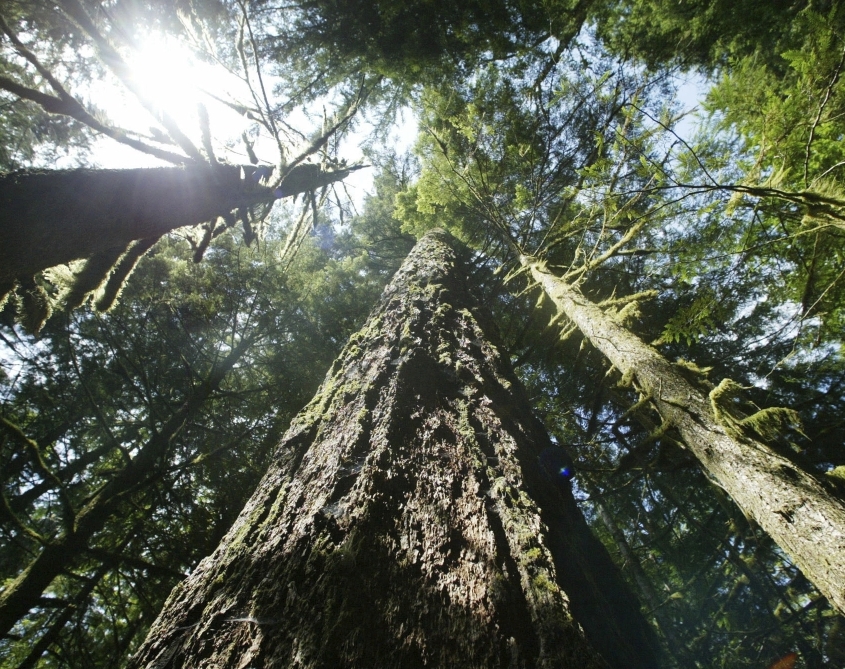
Opinion: Coming Together for Old-Growth Forests
NEWT President and CEO Jon Leibowitz and co-author John M. Hagan argue in the Portland Press Herald that timber companies and conservationists can work together to conserve old-growth forests....
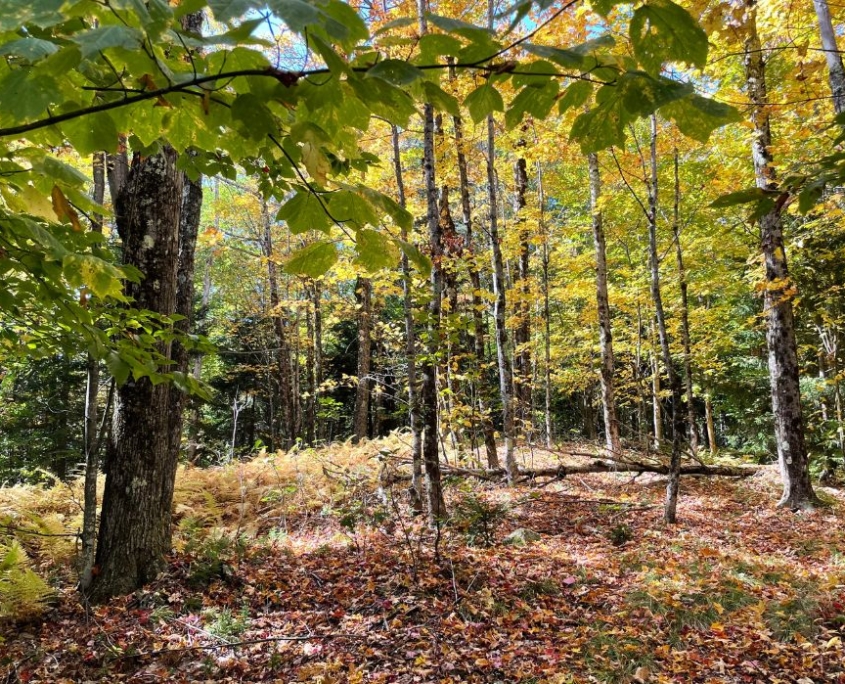
College Hill Wilderness Sanctuary Furthers Vermont’s Land Conservation Goals
Northeast Wilderness Trust has acquired nearly 600 acres in Jamaica, Vermont, which will help the state meet its "30x30" conservation goal....
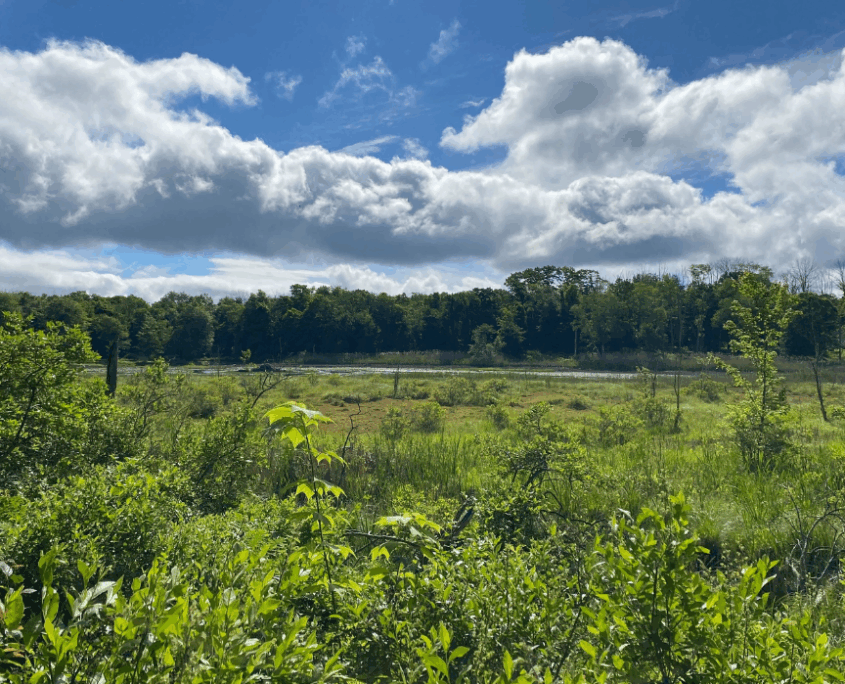
First Forever-Wild Conservation Easement Established in Sharon, CT
The Jackson Peck forever-wild conservation easement is the first of its kind in Sharon and the latest success for the Wildlands Partnership....

Speaker Series Sign-Up, Information, and Resources
NEWT's ongoing forum for education and inspiration about eco-centric topics....
Report on Wildlands in New England
Co-published by Northeast Wilderness Trust, Wildlands in New England: Past, Present, and Future is an urgent call-to-action to advance and accelerate Wildlands conservation. This new study shows that while 81 percent of New England is covered in forest, only 3.3 percent is conserved Wildlands protected from both development and active management. This gap presents a tremendous opportunity and an invitation for policy makers, conservation organizations, funders, landowners, and citizens.
REWILD MY INBOX
Bring the wilderness straight to your inbox with the Wild Times E-newsletter.
How We
Protect Land
We identify lands to protect using the best available science.
We commit to keeping these places forever-wild—ruled by the laws of Nature rather than people.
How We
Protect Land
We identify lands to protect using the best available science.
We commit to keeping these places forever-wild—ruled by the laws of Nature rather than people.




